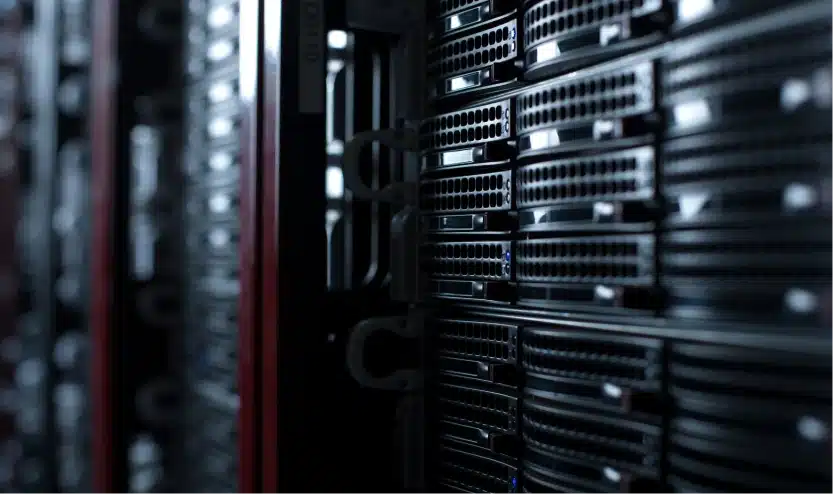Backing up Hyperconverged

How to Backup Hyperconverged Infrastructure
Hyperconvergence is a type of organization IT structure that combines storage, computing, and networking into one system. Within a hyperconverged platform lies a hypervisor—software that allows a host computer to run multiple virtual machines—software-defined storage, and network virtualization. What does this all mean? It means that everything is consolidated into one platform rather than having a four-tier system that separates virtualization, servers, networking, and storage. This convergence creates a reduction in complexity and an increase in efficiency and agility by relying more on software than hardware. However, with an increase in software usage, the system needs a way to back up its data. There would be a series of disks that would house copies in the past, but in the age of virtualization, cloud computing replaces the need for additional hardware.
Choosing a backup solution
Choosing the correct type of backup is one of the most complicated portions of migrating to a hyperconverged infrastructure (HCI). Still, there are some factors to consider that can make the selection process easier.
Types of backup options
Incremental and full backups work perfectly well with a physical server setup. Those backups can either run during down times—typically overnight when traffic is slower—or in stages when singular changes occur. However, with virtual machines, backups of that nature can cause a significant slowdown of the hypervisor. Better options are block-level incremental or source-side deduplication methods. With block-level backup, the system only uploads the changed parts of the files rather than the whole files; source deduplication removes any redundancies before the transmittal to the backup target. Utilizing these methods significantly reduces the input/output (I/O) requirements and the virtual machine-level backup can occur without bombarding the overall performance of the hypervisor. Keep in mind though that it will reduce the efficiency of virtualization because each of the virtual machines requires both the installation and maintenance of the software.
Another option is to use hypervisor-level backup which uses software that runs directly at the hypervisor level. Every major hypervisor contains an application programming interface (API) that communicates with the backup systems to request the blocks that have changed since the previous backup from the hypervisor. When the backup occurs at the hypervisor-level, the CPU doesn’t experience slowdown from having to identify and locate the changes.
A snapshot-based method is also a valid way to create backups. The snapshot method runs on a set schedule where the snapshot system communicates with the hypervisor to place various virtual machines in backup mode. From there, a snapshot of the data is taken and is copied in a separate storage system. This methodology is quick, requires little CPU and bandwidth usage, and most importantly is simple to complete. Additionally, this method allows companies to have both an on-site and off-site backup that isn’t as time consuming as conducting a traditional backup. One consideration to take into account with a snapshot-based backup is that in order for the backup to be valid, there must be a separate storage product to store the snapshots. The HCI helps take care of that issue since one piece of equipment can take the place of several including additional storage.
HCI and data protection
There are well-known HCI vendors on the market such as Nutanix who have integrated data protection into their HCI systems. There are some lesser-known HCI vendors that might not be incorporated into their HCI, and if it is, it is uncertain how much protection they offer. In those instances, there is backup vendor software available that can be compatible with the hypervisor in question.
Connect with DataPivot to learn more about HCI
Hyperconverged infrastructure is still a fairly new system for many companies and not all of them have made the switch to HCI. DataPivot is here to help you learn more about what HCI is and how it can be beneficial to your organization. We are ready to help you get started whenever you area. Connect with us on our website by filling out the Solution Inquiry form, or call us at (781)-327-2980 or send us an email at contact@datapivottech.com.